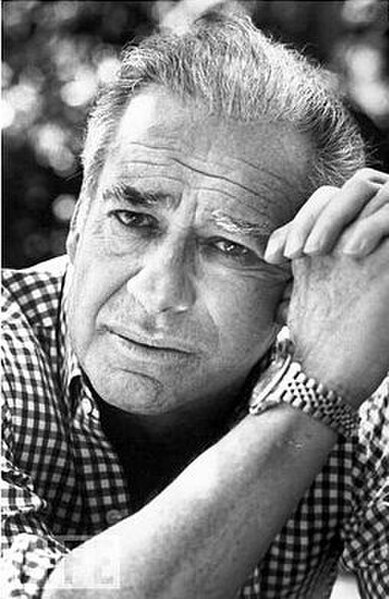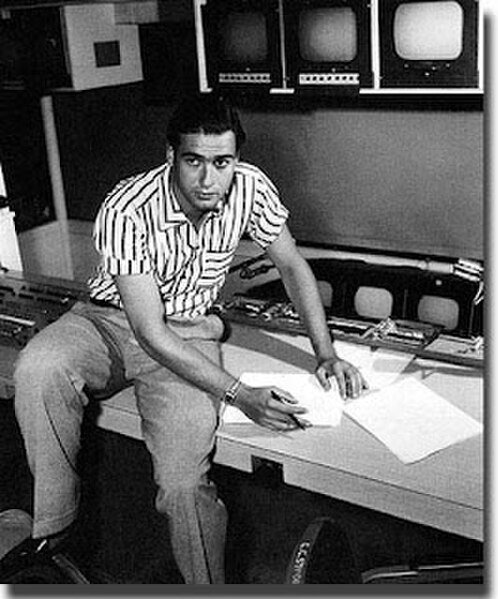Split screen (video production)
In film and video production, split screen is the visible division of the screen, traditionally in half, but also in several simultaneous images, rupturing the illusion that the screen's frame is a seamless view of reality, similar to that of the human eye. There may or may not be an explicit borderline. Until the arrival of digital technology, a split screen in films was accomplished by using an optical printer to combine two or more actions filmed separately by copying them onto the same negative, called the composite.
An early example of split screen in Life of an American Fireman (1903)
Patty Duke in the twin roles of identical cousins, Patty and Cathy, in the TV show The Patty Duke Show, an effect achieved by split screen.
John Michael Frankenheimer was an American film and television director known for social dramas and action/suspense films. Among his credits were Birdman of Alcatraz (1962), The Manchurian Candidate (1962), Seven Days in May (1964), The Train (1964), Seconds (1966), Grand Prix (1966), French Connection II (1975), Black Sunday (1977), The Island of Dr. Moreau (1996), and Ronin (1998).
John Frankenheimer
Frankenheimer at Columbia Broadcasting Studios (CBS), 1952
Frankenheimer on the set of Grand Prix
Frankenheimer on the set of the television film Andersonville in 1994






